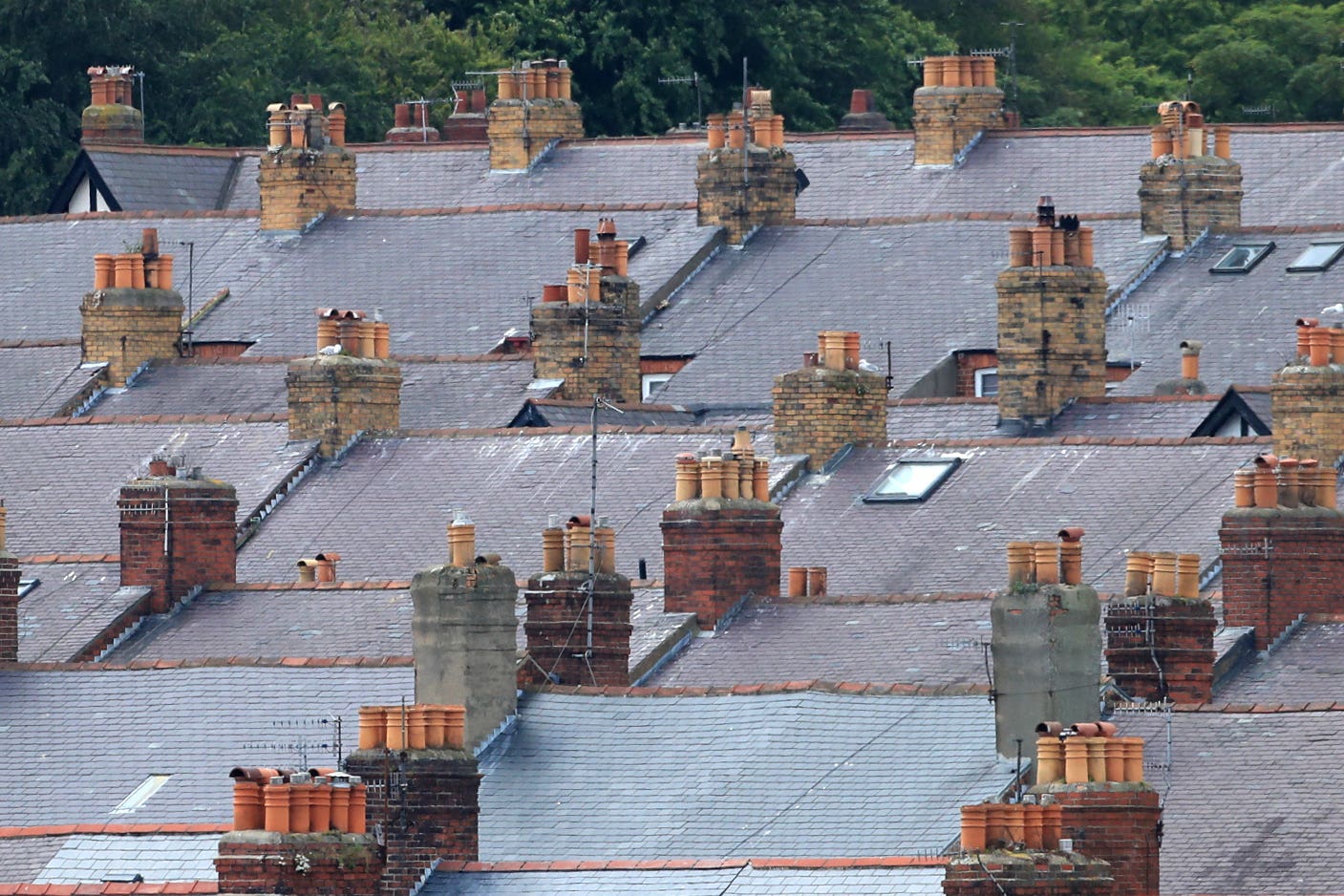House prices continue losing streak, but falls ease in December, says Nationwide
The average home in the UK sold for just 2.8% more in December than it had a year earlier

Your support helps us to tell the story
From reproductive rights to climate change to Big Tech, The Independent is on the ground when the story is developing. Whether it's investigating the financials of Elon Musk's pro-Trump PAC or producing our latest documentary, 'The A Word', which shines a light on the American women fighting for reproductive rights, we know how important it is to parse out the facts from the messaging.
At such a critical moment in US history, we need reporters on the ground. Your donation allows us to keep sending journalists to speak to both sides of the story.
The Independent is trusted by Americans across the entire political spectrum. And unlike many other quality news outlets, we choose not to lock Americans out of our reporting and analysis with paywalls. We believe quality journalism should be available to everyone, paid for by those who can afford it.
Your support makes all the difference.House prices in the UK have notched up their longest losing streak since the 2008 financial crisis as average prices continued to fall in December, albeit less rapidly than in recent months.
The average price of the houses that were sold during the month dropped by 0.1%, the Nationwide Building Society said on Friday.
It was the fourth time in a row that prices had dropped month-on-month, and means that house prices are now just 2.8% higher than they had been 12 months ago.
Nationwide said that the average home sold for £262,068 during December, down by a little over £1,700 compared to November.
“December saw a further sharp slowdown in annual house price growth to 2.8%, from 4.4% in November,” said Nationwide’s chief economist, Robert Gardner.
He added: “Prices fell by 0.1% month-on-month – a much smaller decline than in the previous couple of months.
“However, December also marked the fourth consecutive monthly price fall – the worst run since 2008, which left prices 2.5% lower than their August peak.”
Mr Gardner said there was some reason for potential sellers to be optimistic looking into the New Year.
Interest rates on home loans are easing back from the high levels they reached following the mini-budget in September.
Meanwhile, wages are growing fairly rapidly – at about 7% – so people might be able to spend more on their homes, he said. However, those pay rises are still lower than inflation.
“But the main factor that would help achieve a relatively soft landing (especially for house prices) is if forced selling can be avoided, and there are good reasons to be optimistic on that front,” Mr Gardner said.
“Most forecasters expect the unemployment rate to rise towards 5% in the years ahead – a significant increase, but this would still be low by historic standards.”
“Moreover, household balance sheets remain in good shape with significant protection from higher borrowing costs, at least for a period, with around 85% of mortgage balances on fixed interest rates.”
The slowdown in the annual increase was the most noticeable in all parts of the UK over the last three months of 2022.
The increase slowed down the most in the south west of England, but also decreased rapidly in Scotland and elsewhere.
Matthew Thompson, head of sales at estate agent Chestertons, said that the market had been supported by “seasoned buyers” in December.
“Meanwhile, first-time-buyers and second steppers have been more hesitant and decided to observe how the market might develop in the new year,” he said.
“We also noted that, due to the festive season, December has seen fewer appraisals compared to previous months.
“This will lead to fewer properties coming onto the market during the first quarter of 2023, which will inevitably lead to a more limited choice and more competitive market conditions for buyers.”
Here are average house prices in the fourth quarter of this year, followed by the annual increase, according to Nationwide:
– South West, £307,588, 4.3%
– East Midlands, £233,459, 5.3%
– Wales, £205,666, 4.5%
– West Midlands, £240,975, 6.1%
– North West, £208,600, 6.0%
– East Anglia, £285,776, 6.6%
– Yorkshire and the Humber, £199,615, 4.6%
– Outer South East (includes Ashford, Basingstoke and Deane, Bedford, Braintree, Brighton and Hove, Canterbury, Colchester, Dover, Hastings, Lewes, Fareham, Isle of Wight, Maldon, Milton Keynes, New Forest, Oxford, Portsmouth, Southampton, Swale, Tendring, Thanet, Uttlesford, Winchester, Worthing), £344,027, 4.3%
– Northern Ireland, £176,637, 5.5%
– Outer Metropolitan (includes St Albans, Stevenage, Watford, Luton, Maidstone, Reading, Rochford, Rushmoor, Sevenoaks, Slough, Southend-on-Sea, Elmbridge, Epsom and Ewell, Guildford, Mole Valley, Reigate & Banstead, Runnymede, Spelthorne, Waverley, Woking, Tunbridge Wells, Windsor and Maidenhead, Wokingham), £428,201, 4.2%
– North East, £156,892, 5.9%
– Scotland, £178,269, 3.3%
– London, £528,000, 4.1%